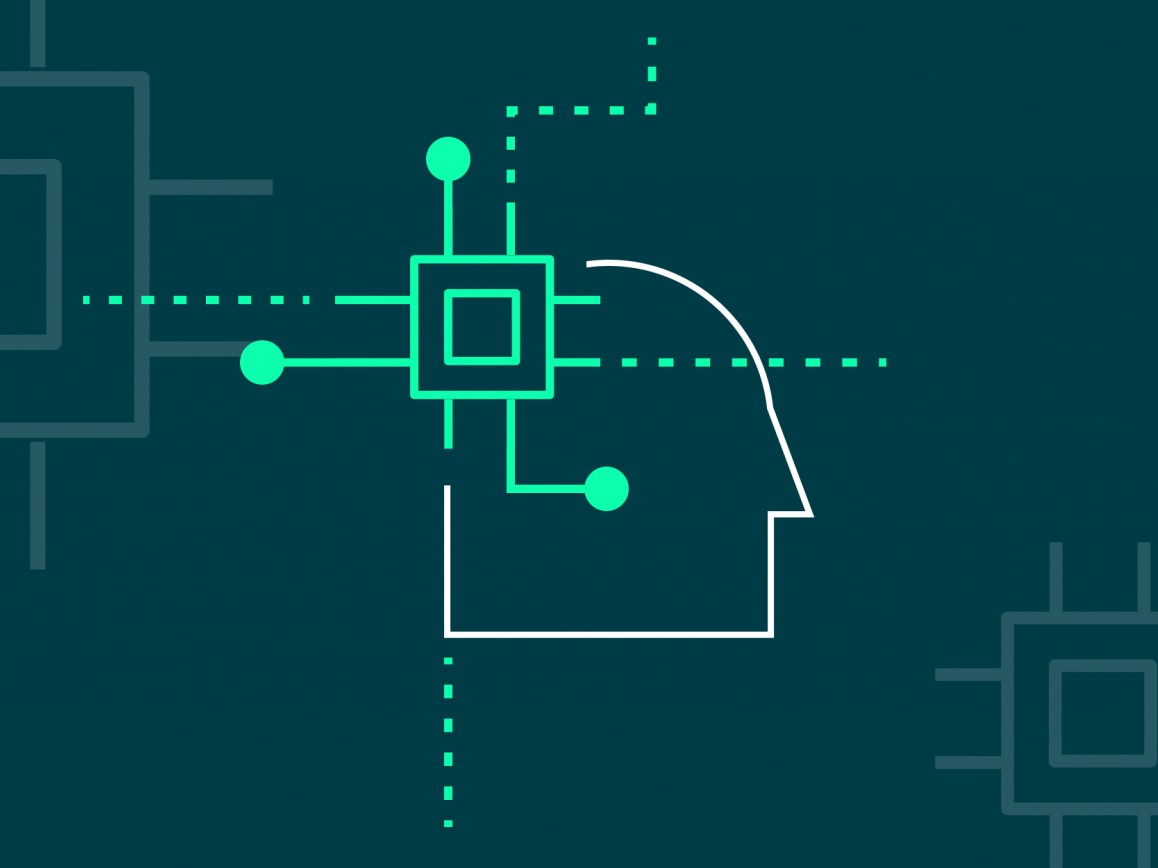AI writing and how to manage it in the classroom was top-of-mind for the education professionals who traveled to Indianapolis, United States for the International Center for Academic Integrity ’s (ICAI) annual conference March 9-12.
Educators, administrators, researchers, and integrity officers who attended the event all agreed on one thing—the challenges AI writing tools present are uniting the education community and they want to identify effective measures to manage them. However, what these measures should look like was up for debate.
Consider the “why” first
Before delving into potential changes to educational policy around AI writing in the classroom, it's important to first answer the following questions:
- “Why are writing and original thought needed?
- What purpose do writing and original thinking serve?”
Only after serious consideration of the above questions can an institution decide how their policy should respond to AI writing.
For example, educators assign writing prompts to their students to measure their grasp of the topic and to sharpen students’ critical thinking skills. In this case, limiting the use of or banning AI writing tools altogether might be a solution.
However, there are examples where using AI writing tools might be helpful. For researchers, AI writing tools could allow them to concentrate on their logical train of thought rather than focusing on the technical writing process. Furthermore, students with dyslexia, those who speak English as a second language, or students with vision-impairments could benefit from the usage of those tools to help them focus on work content.
Over the three-day conference, this concept was discussed regularly. It was clear to many that changes are underway, and that no matter how the questions above are answered, the educational community needs to rethink what assessment of knowledge means and looks like in the classroom.
What to expect next
During an AI writing session, ICAI attendees reviewed two text samples and were asked to identify which one was written by AI. While it was easy for attendees to discern which sample was AI-generated content, it was difficult for them to explain why they knew the sample was written by AI. As with contract cheating, it is important for educators to have the data to back up their intuition to remove bias and uphold integrity.
For writing evaluation tools like Turnitin’s solutions, it is already possible to detect AI generated text .
During my time in Indianapolis, it was clear that all the ICAI attendees were ready to learn more about AI technology, determine strategies to manage AI writing, and identify opportunities to leverage its capabilities to better student learning.
For more information on Turnitin’s AI writing detection efforts, visit the AI writing detection landing page , and check back regularly for updates.
Also follow us on Linkedin , Twitter Instagram and Facebook for insights on this rapidly changing technology. For media inquiries, email us at press@turnitin.com.




